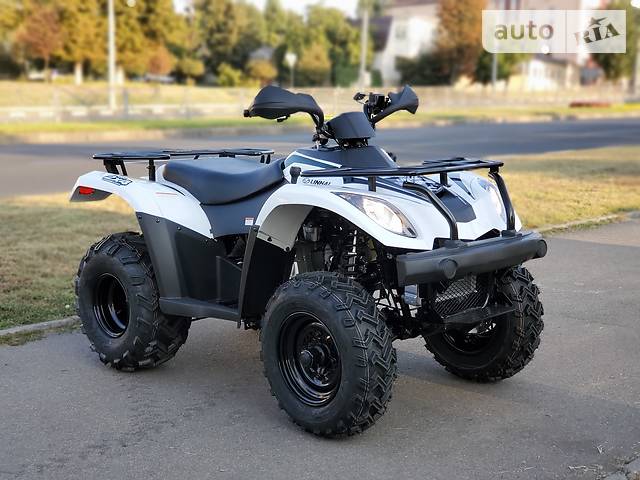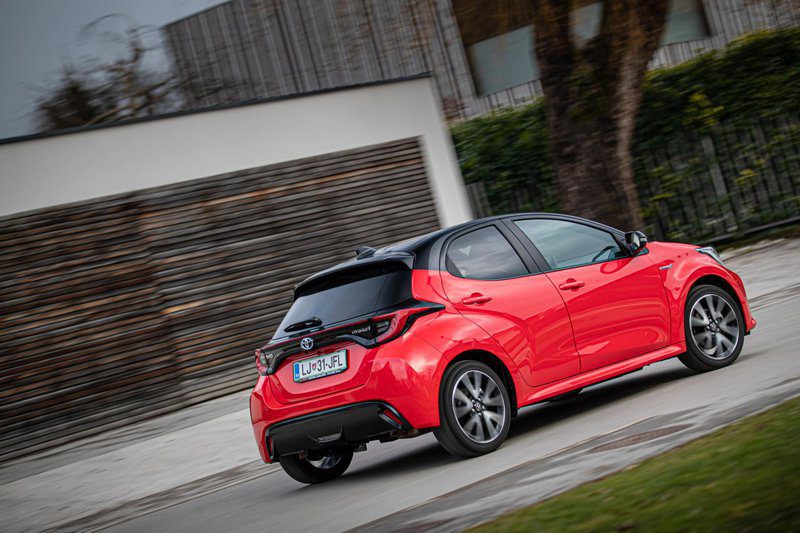
Test: Toyota Yaris Hybrid 1.5 Premium (2021) // Along the way, it became European Car of the Year
Content
When I started to accumulate kilometers more seriously every day in traffic jams, in 2009, when I entered the faculty, I covered the daily distance between Kranj and Ljubljana in a small, student-friendly French car with a liter "grinder" under the hood. It was then that I vowed that I would never have such a small car again. This is why I have never paid too much attention to cars like the Toyota Yaris.
But times are changing, and with them the habits of people, on the one hand, and cars, on the other. City cars are getting bigger, better used for indoor use, more powerful, and more and more useful because of all this. This is also the Toyota Yaris, created in accordance with the philosophy: less is more.... This means that they wanted to create a car in the second smallest segment, which should be used both in the city and beyond, or in their words: the key design elements are fuel efficient engine, safety, usability and performance.
I got acquainted with Toyota Yaris already at the European presentation in July in Brussels. It was not by chance that Toyota chose the Belgian capital for the presentation, because it is there that their European home, Toyota Europe, is located. In addition, we had a great opportunity in a relatively short time to test the car in urban conditions, as well as on highways and local roads. But all this was still too little to create anything more than just a first impression of the car. But be that as it may, he left an interesting first impression at least with his image.

The title of the article also refers to the image itself. The car was equipped with the highest of the seven equipment levels, the Premiere, the body color is Tokyo fusion red, as well as black pillars and car roof. And although I can argue in favor of its predecessor that it was designed more for the taste of the female, a little more elegant, I can say for the new generation that the image is much more muscular. And the contrast of the two colors further emphasizes this, as the upper part of the cabin appears to be even slightly smaller than usual, while the lower part is larger and fuller, so to speak.
Of course, the large bonnet and plastic side skirts add their own. Toyota likes to point out that they have developed their Toyota Yaris, which is their best-selling model in Europe as well as the Slovenian market, much more dynamically. I also agree to leave that impression alive. I dare say that the new generation of cars will be able to convince the male driver more than before.last but not least is Toyota's plan from the very beginning of the development of this car; of course, most men will look much sooner for the bully version of GR that has recently appeared on our roads.
The appearance of the new Toyota Yaris has become much brighter, although now the car is slightly smaller compared to the previous generation, only half a centimeter. However, the wheels are pressed into the corners of the car much more, which, on the one hand, contributes to the already mentioned dynamic phenomenon, and also increases the spaciousness of the interior.... This one is definitely noticeable and pleasant, at least in the front row, while personally the other type with its 190 centimeters on longer trips would prefer to avoid.

Otherwise, the designers took a somewhat unique approach when designing the cockpit. I hardly noticed a lot of interesting liquid forms, straight lines. At the top of the dashboard is the rectangular infotainment screen, which has become a trademark for all modern Toyota, and with the Toyota Yaris will become even more visible.
Inside all the bends, there are plenty of storage spaces, one also in the middle armrest, but there is no room for anything other than a mobile phone.... Well, it doesn't say anything because you can put your wallet somewhere else. The ergonomics are excellent. All switches are located logically, only two for turning on the steering wheel heating functions and automatically turning on the high beam have been slightly moved to the lower left part of the dashboard.
However, the designers clearly put all their imagination into the hull, and they did not have enough space behind the cockpit. It is covered almost entirely in a matte black finish, and the so-called piano head is just a sample and, together with a bar imitating brushed aluminum, cannot correct the final impression. There are no textile door linings, which also may not seem of the highest quality. However, the impression they leave is more positive than negative.
Seats are the exact opposite of plastic. V in this package they are dressed in a combination of (natural!) leather and textiles and at first glance evoke a sense of quality.... And so it happened when I sat on them. Namely, I tested the Toyota Yaris while preparing an article on the correct fit in cars, so I paid a lot of attention to this area. Although the seat only allows basic adjustments, I was able to establish a position that suited me both during dynamic driving and on slightly longer (highway) routes, which I did quite a lot during testing.
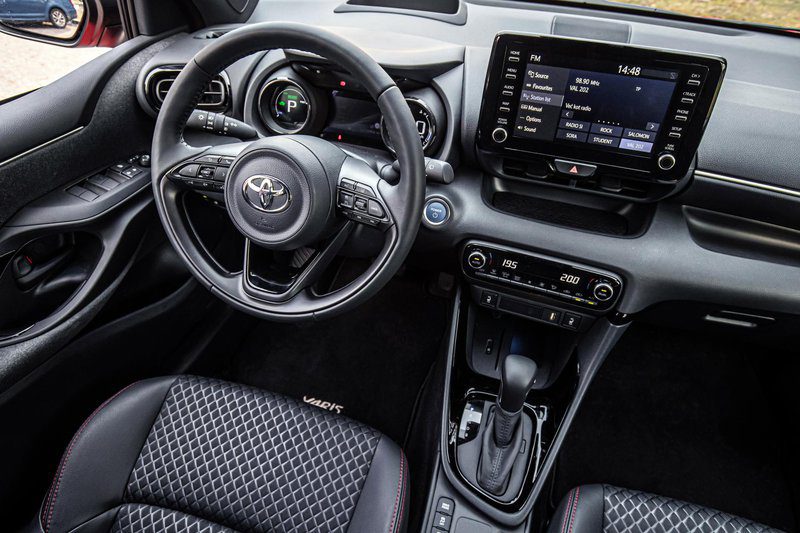
I was also grateful for the heated seats and dual-zone air conditioning, which is by no means a given in this class of car – some competitors don't even offer it.
Dark plastics combined with dark leather, dark headliners and lightly tinted windows certainly contribute to a slightly gloomy cabin feel that is less disturbing while driving, but confusing on short winter days. The interior illumination is below average, as there are only two dim ceiling lights, which are installed in front of the rear-view mirror.... This means that the back bench remains completely unlit.
The designers have created an interesting, albeit rather minimalistic, three-screen cockpit. They are only a few inches in size, but they are still clearly visible. The central one serves as a display of the on-board computer, the right one is used to display the speed, engine temperature and fuel level in the tank, and the third one shows the driving program and transmission load. Engine speedometer? Not him. Well, at least here, unless you configure it to be viewed on your traveling computer.
The engine, or rather the transmission, is the first major innovation brought by the new Toyota Yaris.... Refusing hospitality to all diesels other than those used in the Land Cruiser, Toyota has dedicated a new fourth-generation Toyota Yaris hybrid powertrain. This is the fourth generation of Toyota hybrids, and at the same time, the first car with the new 1,5-liter naturally aspirated petrol engine of the TNGA family (about the same engine as the Corolla with a 91-liter petrol engine, with only one cylinder has been removed), which works on the Atkinson cycle and offers 59 "horsepower", and thanks to the 85-kilowatt electric motor, the car's system power is 116 kilowatts or XNUMX "horsepower".
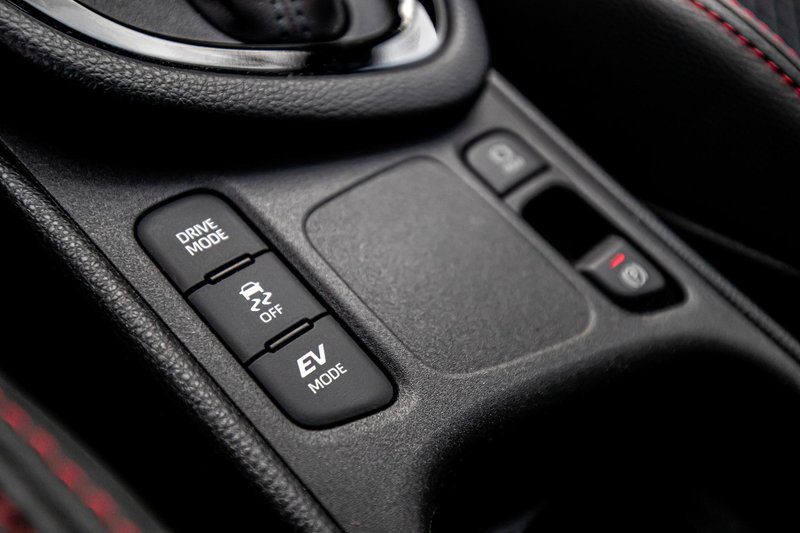
In fact, there are two electric motors. In addition to the above, there is another, slightly smaller size. It is connected to a gasoline engine and thus serves not to drive the vehicle directly, but to charge the battery when driven by an electric motor, and the gasoline engine thus supplies the battery in the ideal engine speed range with minimum consumption. Of course, with a higher load, the car can simultaneously transmit power to the wheels from both the main electric motor and the gasoline engine.
In addition, it also allows you to drive exclusively on electricity and with the gasoline engine turned off - up to a speed of 130 kilometers per hour.. Power is sent to the wheels via an e-CVT automatic transmission. In fact, this is a planetary gearbox that mimics the work of a continuously variable transmission, or rather, a power distributor, because thanks to it all three engines work as a whole, complement or upgrade.
This seemingly complex system has proven itself well. I am not impressed with CVTs as they usually dislike dynamic driving and firm right foot pressure on the accelerator pedal, but the drivetrain is great.... This is, of course, best of all when entering the track, where, with moderate acceleration, the revs quickly calm down and the counter does not exceed 4.000. Also feels good on the track.
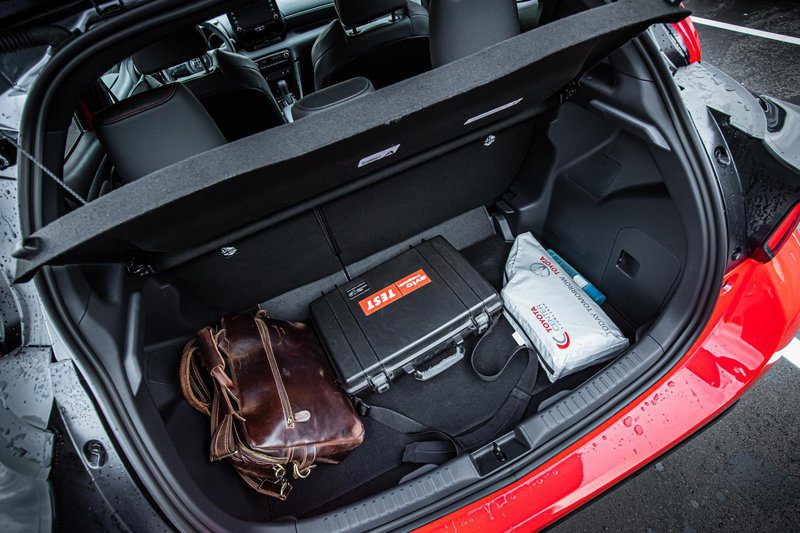
Given that the car weighs just over 1.100 kilograms (which is a solid weight with the aforementioned hybrid powertrain), 116 “horsepower” doesn’t require much work and thus easily reach a speed of 130 kilometers without the engine running out of power. breathing .from 6,4 liters per 100 km is almost on the verge of acceptable. On the highway, it impresses with radar cruise control, which is able to recognize traffic signs and only with the prior permission of the driver adjust the speed to the limits, which, in my opinion, is a much safer choice than automatic adjustment and unnecessary hard braking. in areas where the restriction was in effect a year ago or more.
But more than driving on the highway, I was interested in the behavior of the car on open roads. Last but not least, the new Toyota Yaris is based on the all-new GA-B platform, which should provide significantly higher body rigidity - up to 37 percent - compared to its predecessor, also achieved by gluing body parts. At the same time, the car also has a slightly lower center of gravity.
It all looks like a recipe for a car that will simply swallow the corners in front of it. The chassis absorbs corners reliably, which is greatly aided by the MacPherson struts at the front and the semi-rigid axle at the rear (80 percent stronger than its predecessor). The ride is so reliable and solid (with the tires inflated to the upper limit, even too much) and not too noisy thanks to the satisfactory noise isolation.
The tilt of the body is small and even with dynamic cornering, I did not feel excessive traction to the front, and even more so to the rear after exiting the corner. The low position of the driver's seat also contributes to good driving well-being and slightly better traction.
Considering that the transmission is even more beautifully and continuously transfers its power in the Power driving program, the steering mechanism seems to be the weakest link.... It helps too much anyway, so the steering wheel in the hands works sterile, and the driver does not get the best information about what is really going on under the wheels. Under the line I will write that the car provides a solid position on the road, allows dynamic driving and is still primarily designed for comfortable driving.
That said, the Toyota Yaris still does its best in the city. At the same time, the already mentioned hybrid drive works best here. During the tests, most city trips were driven by electricity, as, so to speak, the gasoline engine only helped drive about 20 percent of all city miles as the power source for turning the wheels, and most of the time it was powered by the gasoline engine. Charger.
With an exclusively electric drive, he easily covered 50% of descents at a speed of 10 kilometers per hour.. The B program is also welcome, as it provides more intense braking energy regeneration, which means that most of the time I could drive around the city with only the accelerator pedal - I'm used to this mostly from electric cars, less often from hybrids. .
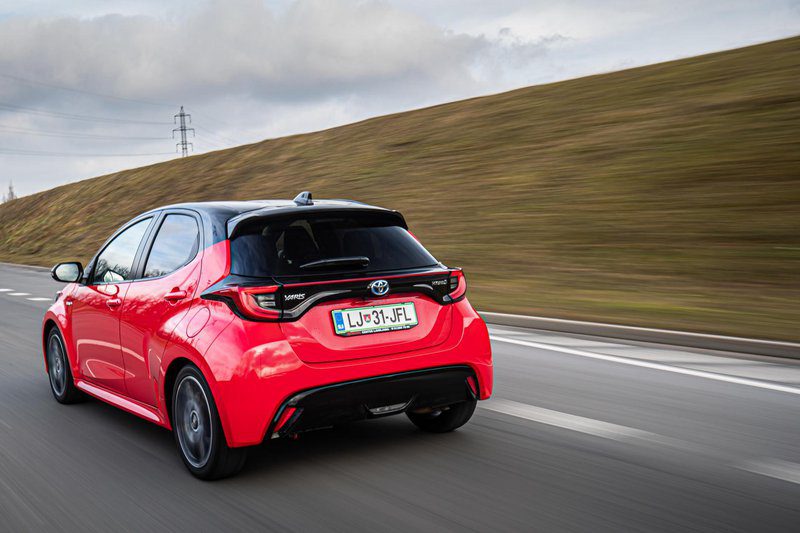
At the same time, the city is also an ideal place to play with a so-called eco-meter, a display that shows the driver its efficiency in accelerating, braking and driving at the fastest possible speed. Somehow on the first day of the test, I got used to it and therefore most of the time I competed with myself and tried to achieve the perfect result. I didn't succeed, but I finished the race with 90 or more points several times. But, nevertheless, I never managed to get to the finish line with a consumption of less than a good four liters. However, this is not far from the declared consumption of 3,7 liters.
The new Toyota Yaris certainly deserves an exemplary supply of assistance systems, including for city driving, as it is capable of, among other things, automatic emergency braking and recognition of pedestrians and cyclists. It seems a little strange to me that, at least in the highest configuration, there are no reverse sensors. The reversing camera, which is usually located high under the glass of the tailgate, becomes dirty after about 30 kilometers.
Toyota Yaris Hybrid 1.5 Premium (2021)
Basic data
| Sales: | Toyota Adria Ltd. |
|---|---|
| Test model cost: | 23.240 € |
| Base model price with discounts: | 17.650 € |
| Test model price discount: | 23.240 € |
| Power: | 68kW (92 KM) |
| Acceleration (0-100 km / h): | 9,7 with |
| Maximum speed: | 175 km / h |
| Mixed flow ECE: | 3,8-4,9l / 100km |
| Guarantee: | General warranty 3 years or 100.000 5 km (extended warranty 12 years unlimited mileage), 10 years for rust, 10 years for chassis corrosion, XNUMX years for battery, mobile warranty. |
| Systematic review | 15.000 km / 12 |
Cost (up to 100.000 km or five years)
| Regular services, works, materials: | 1.655 XNUMX € |
|---|---|
| Fuel: | 5.585 XNUMX € |
| Tires (1) | 950 € |
| Loss of value (within 5 years): | 15.493 XNUMX € |
| Compulsory insurance: | 3.480 XNUMX € |
| CASCO INSURANCE (+ B, K), AO, AO + | 3.480 XNUMX ( |
| Calculate the cost of auto insurance | |
| Buy up | € 34.153 0,34 (km cost: XNUMX) €) |
Our measurements
| Measurement conditions: T = 3 ° C / p = 1.028 mbar / rel. vl. = 77% / Tires: Nexen Winguard Sport 2 205/45 R 17 / Odometer condition: 3.300 km (icy road) | |
| Acceleration 0-100km: | 11,6s |
|---|---|
| 402m from the city: | 19,0 years ( 123 km / h) |
| Maximum speed: | 175km / h (D) |
| Fuel consumption according to the standard scheme: | 5,2 l / 100km |
| Braking distance at 130 km / h: | 78,5m |
| Braking distance at 100 km / h: | 46,4m |
| AM table: | 40m |
Overall rating (3/600)
The new Toyota Yaris is one of those cars that I (was) a little skeptical about in the past, and then after 14 days of talking, I got a feel for its philosophy and usability - and, above all, the possibilities and purpose of a hybrid build. So on first impression, he did not convince me. On the second or third, of course.
Cab and trunk (76/110)
Fortunately, the design and transparency allowed me to get a better grade with slightly better materials. The boot may have a double bottom, and the tight-fitting bottom edge makes it difficult to access the spare wheel. There is a lot of storage space.
Comfort (78
/ 115)Seat in the first row is at a high level, in the second one is expected to be a little worse - but at shorter distances it is still satisfactory. Lack of lighting in the second row.
Transmission (64
/ 80)The drivetrain offers just the right power and torque, and the innovative e-CVT drivetrain is excellent as well. The transition between different operating modes is almost imperceptible.
Driving performance (77
/ 100)The chassis is primarily tuned for a comfortable ride, but if desired, the driver will be able to afford some nice turns.
Security (100/115)
Active and passive safety are two of the highlights of the Toyota Yaris, as the car has been fitted with a rich array of safety features, including a central airbag in the front row. This is part of the standard equipment in all versions!
Economy and environment (54
/ 80)Thanks to the sophisticated hybrid transmission, the vehicle weighs more than 1.100 kg, which is also noticeable in terms of consumption, which quickly reaches and exceeds five and a half liters.
Driving pleasure: 4/5
Basically, small cars are those cars that, if powerful enough, are a lot of fun on short and twisty roads. Yaris offers them, but I still had the feeling that the car likes the most economical, not dynamic ride.
We praise and reproach
transparency of dashboard and projection screen
transmission operation
support systems and safety equipment
seat
appearance
cockpit lighting
just a conditionally usable rear view camera
excessive influence of the servo on the steering
outdated type of infotainment system
